A Guide to Light Modifiers
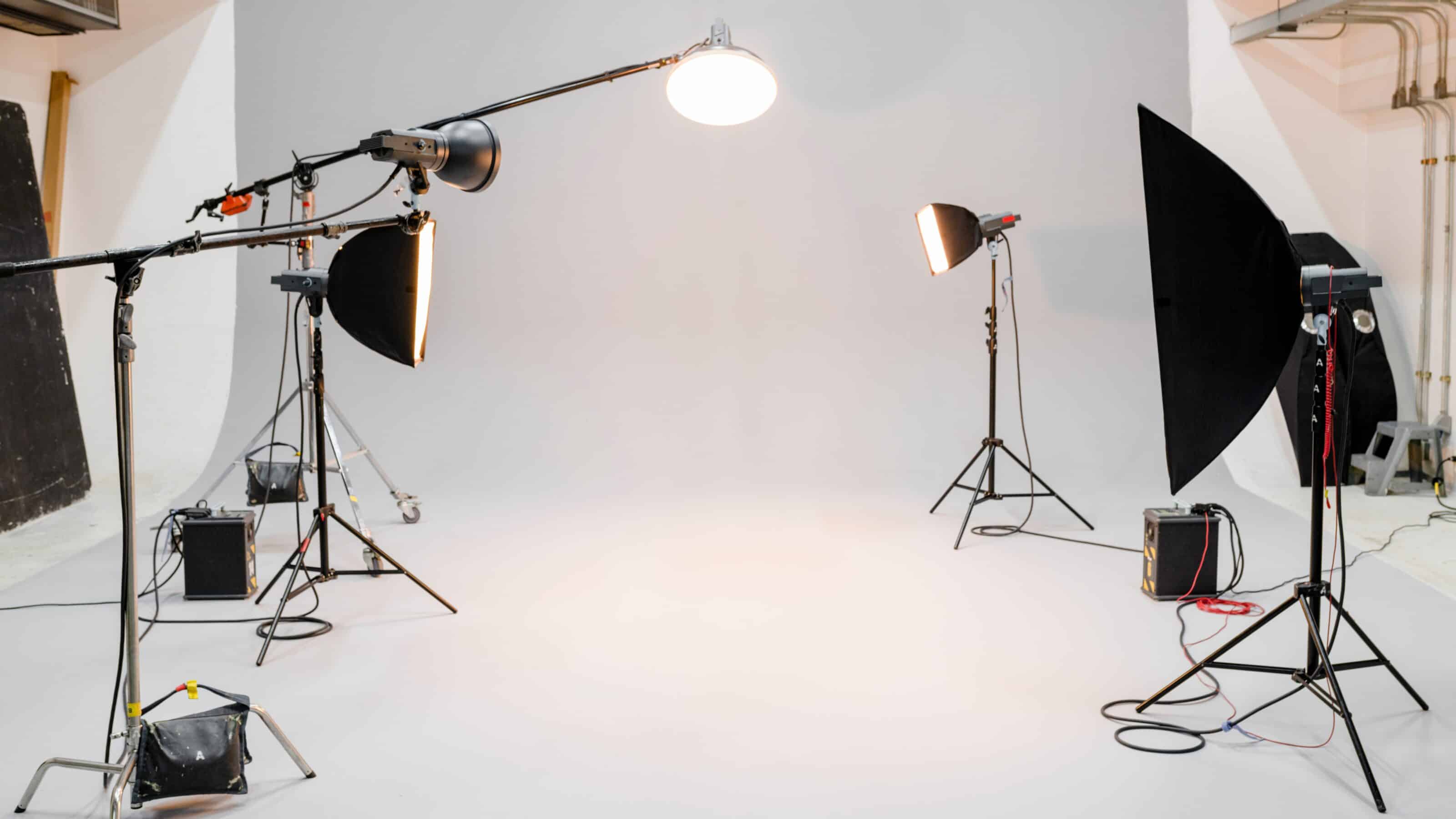
Lights are essential pieces of photography equipment, especially studio photography. Light modifiers can adjust the shape and direction of the lights you use. They are attached to flashes or lights and are used to control the direction and intensity of light.
Light modifiers can be divided into two groups:
- Modifiers that soften and diffuse light
- Modifiers that harden and concentrate light in one place
Softboxes
Softboxes belong to the first category which softens and diffuses light. Softboxes are one of the most commonly used modifiers and are further divided into different types. Softboxes can be square, octagonal, or round.
Softboxes are designed so that the light inside is reflected off the silver surface and radiates out through the diffuser. As a result, this softens the light and the transitions between highlights and shadows.

You can attach honeycomb grids to softboxes to help direct the light to a specific area.
Round or octagonal softboxes create a ring of light that illuminates everything evenly. They have a very subtle transition between the edge of highlights and shadows. Shadows themselves also have a subtle transition. They are perfect for portraits from the waist up.
Square softboxes have a more pronounced edge for the areas they illuminate. The shadows are slightly sharper than octagonal or round softboxes. They are most useful for shooting product photography or models for eShops. For lighting models, you need softboxes that are large enough (80x120cm) to illuminate the entire figure.

Rectangular softboxes can be used vertically or horizontally, depending on the area you are lighting.
Stripbox
A stripbox is a type of softbox known for its long narrow rectangular shape, or strip, as the name suggests.

A diffuser is a clear or milky light cover that softens light but also protects it from damage.
A stripbox is particularly useful for full-body photography including full-length portraits, nudes, and fashion photography. It is also suitable for product photography of taller objects like glass bottles.
Lantern
A lantern is another type of softbox. Lanterns are used to shine light from above and disperse the light over as wide an area as possible. This simulates a large single light source like a ceiling light.

Lanterns are especially useful for shooting portraits in a studio.
A lantern softbox also includes a four-section roll-up “skirt” that can hang down around the softbox or be rolled up. The skirt gives you greater control over the light and helps you block out any unwanted light.
Photography umbrella
Umbrellas can be used as diffusion umbrellas to soften light or as reflective silver umbrellas. Its main advantages include being lightweight, compact, and easy to handle when unfolding or storing.
The umbrella in the photo below has a removable silver layer which makes it a combination of a reflector and diffusion umbrella. You can get photography umbrellas that are transparent, silver, gold, or have an outer diffusion screen.
Fresnel lens
The Fresnel lens is named after its inventor, French physicist Augustin-Jean Fresnel. It skirts the edge of the categories of light modifiers that soften light and those that harden light.

Did you know that the Fresnel lens was originally invented for lighthouses? Thanks to the invention of the Fresnel lens, the visibility of light could reach tens of kilometers and its efficiency rose to 80%.
Due to its optical properties, its rotation sets the strength and hardness of the light. You can choose between dimming and diffusing the light, resulting in soft light, or concentrating it in one point and amplifying it, resulting in hard light.

The Fresnel lens contains barndoors or flaps. They are used to direct the light where you need it.
Snoot
Snoots are light modifiers that harden light. Snoots concentrate light into a narrow beam that you can use to illuminate a very small area. It includes a set of color filters and a removable honeycomb grid that slightly softens the light.
Snoots are most often used when shooting smaller products, where you want to light a specific area. They can also be used as a backlight, like for illuminating hair in a portrait.
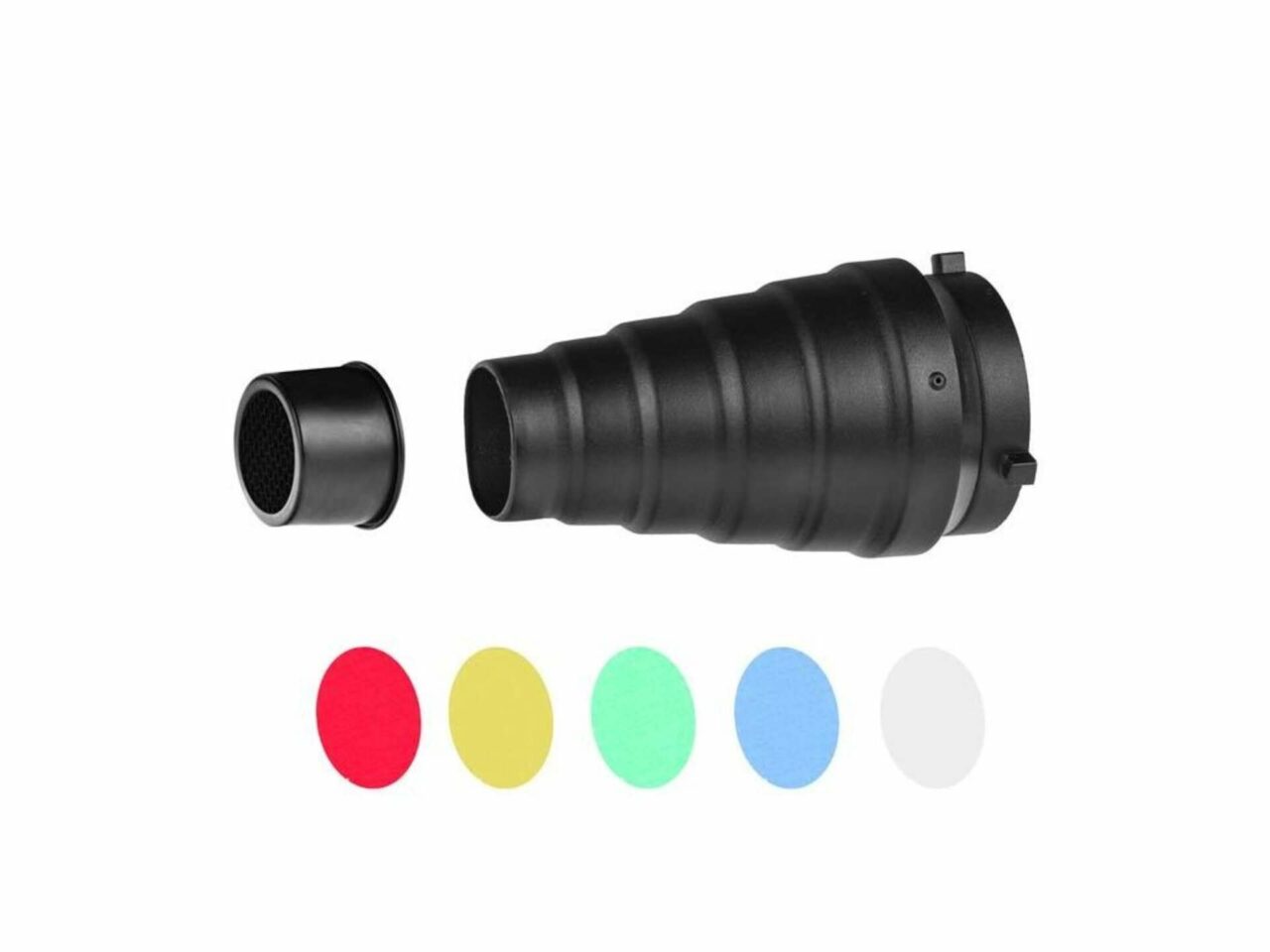
Beauty Dish
While a beauty dish softens light, it is still considered a modifier that hardens light and gives off more dramatic light than softboxes. It is a round dish that is covered by a disc. This spreads light across the wall of the dish, softening the light.

Beauty dishes are used mainly for portrait, modeling, and glamour photography.
Projector or spotlight
One of the most frequently used modifiers is a spotlight. You can use it to create a spotlight with a sharp edge. You can also get inserts with different patterns to create different textures in the backgrounds or the effect of sun shining through blinds.

If you see the sun shining through a window in a movie on a wall in the background, there is probably no window for that light to shine through, just a spotlight. You’ll never watch movies or commercials the same way again.
If you’d like to try one of these modifiers yourself, visit a photography equipment rental store where you can rent them.
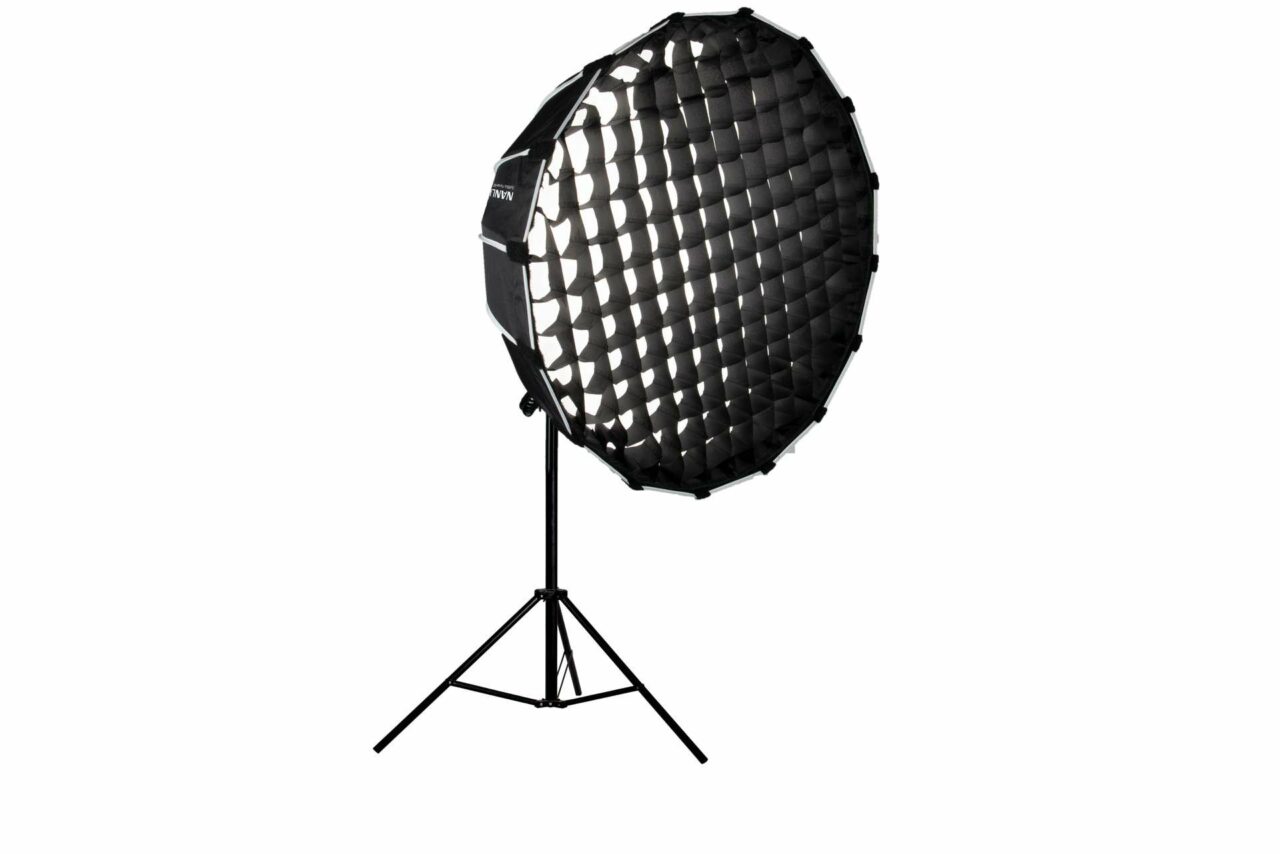
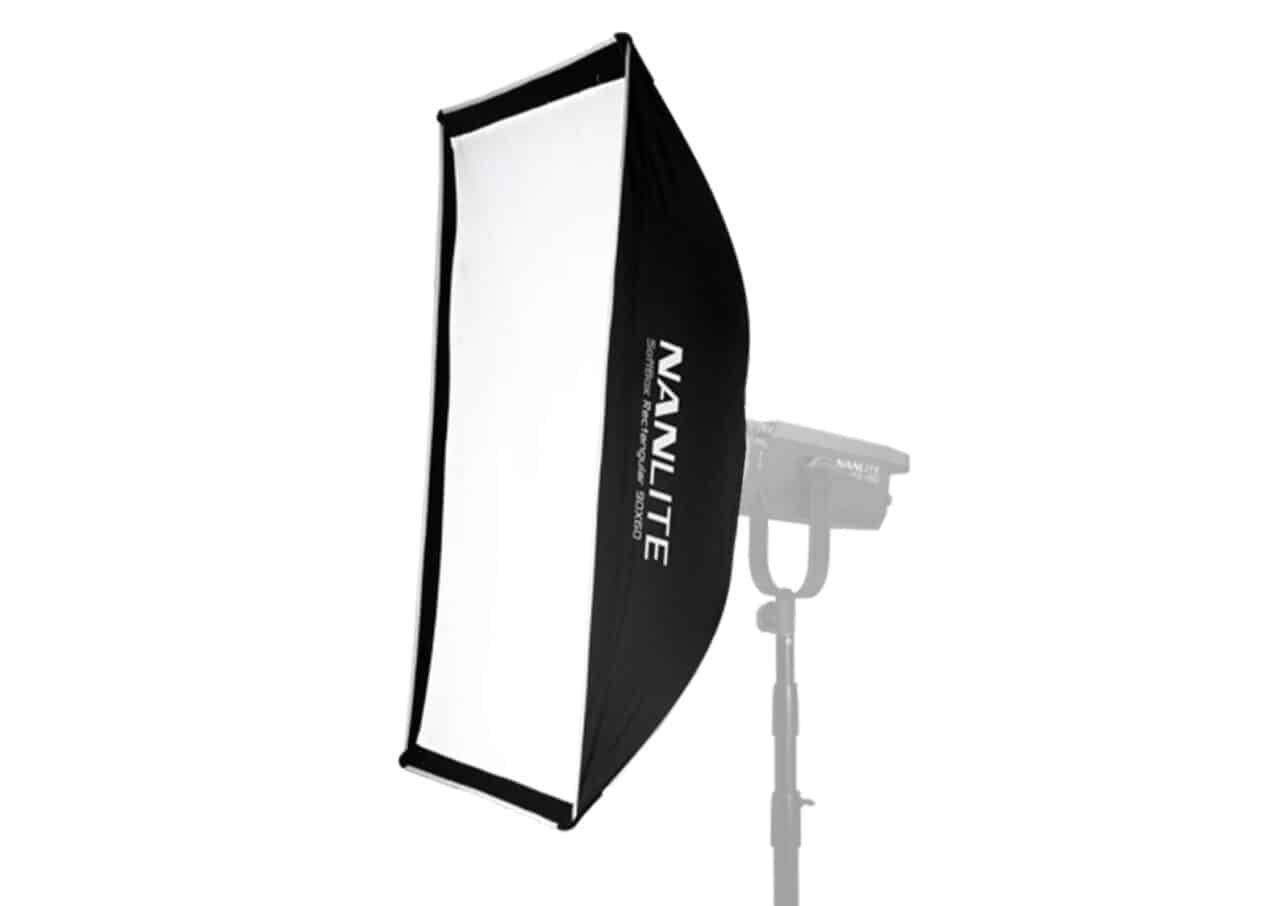
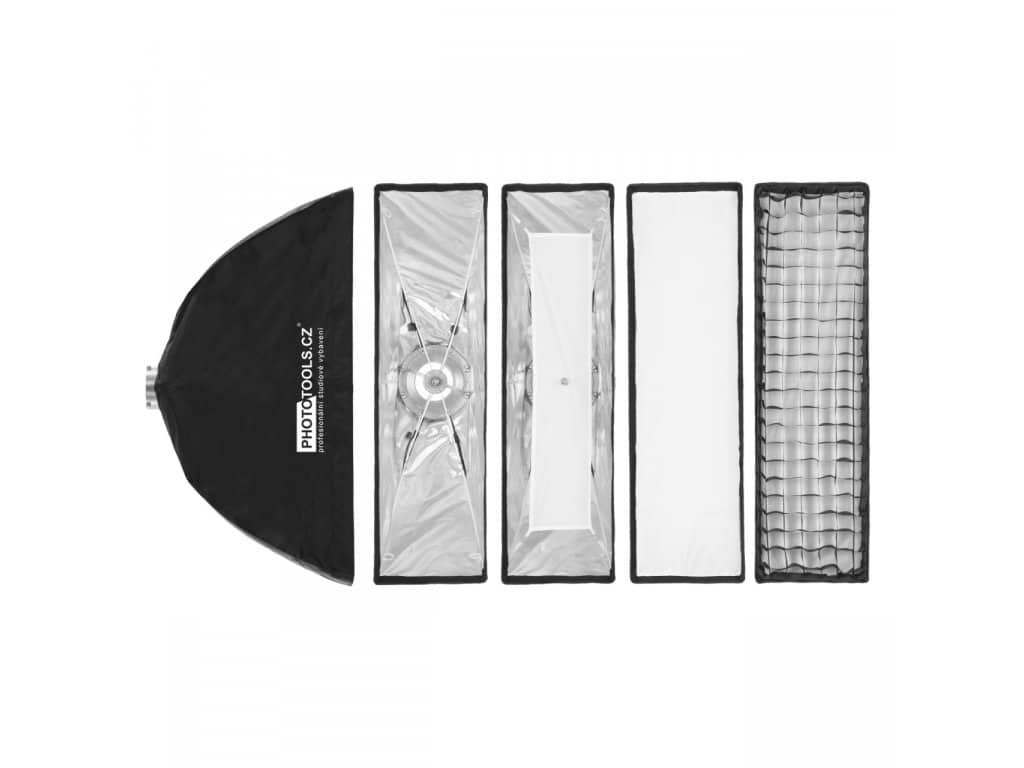
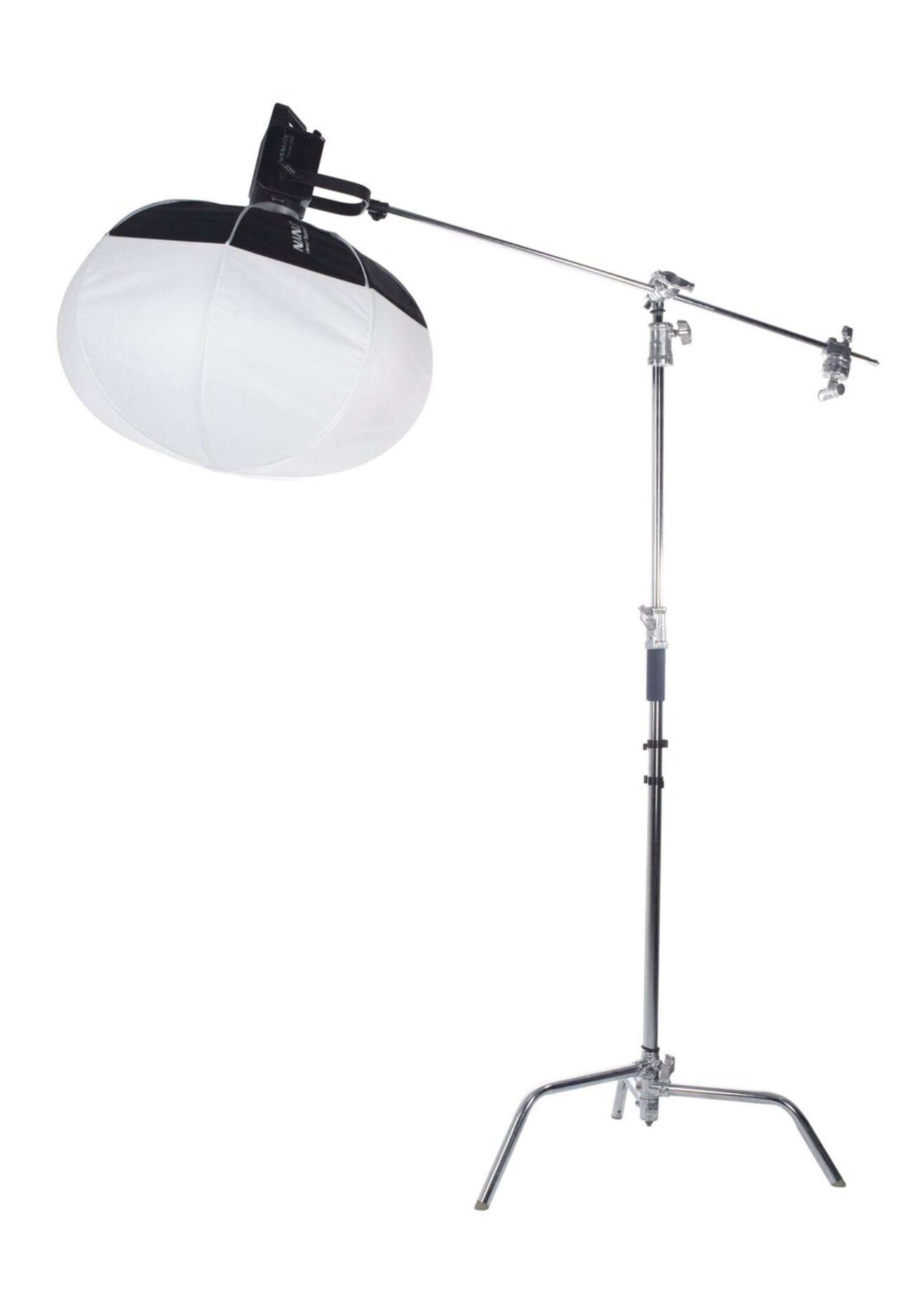
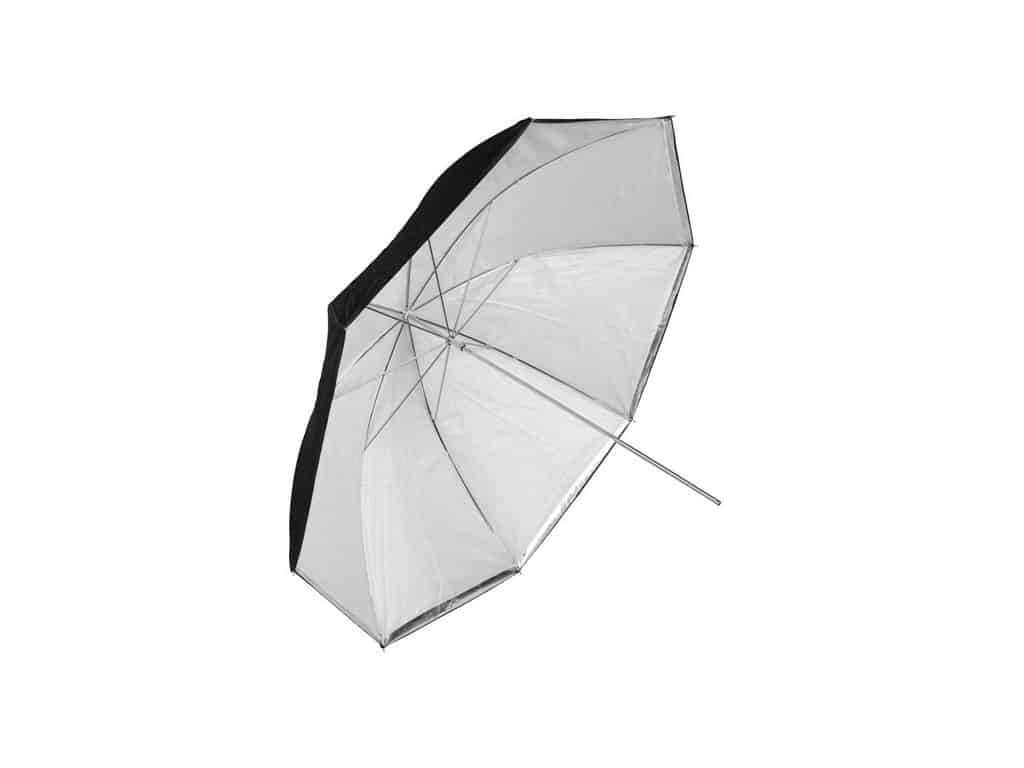
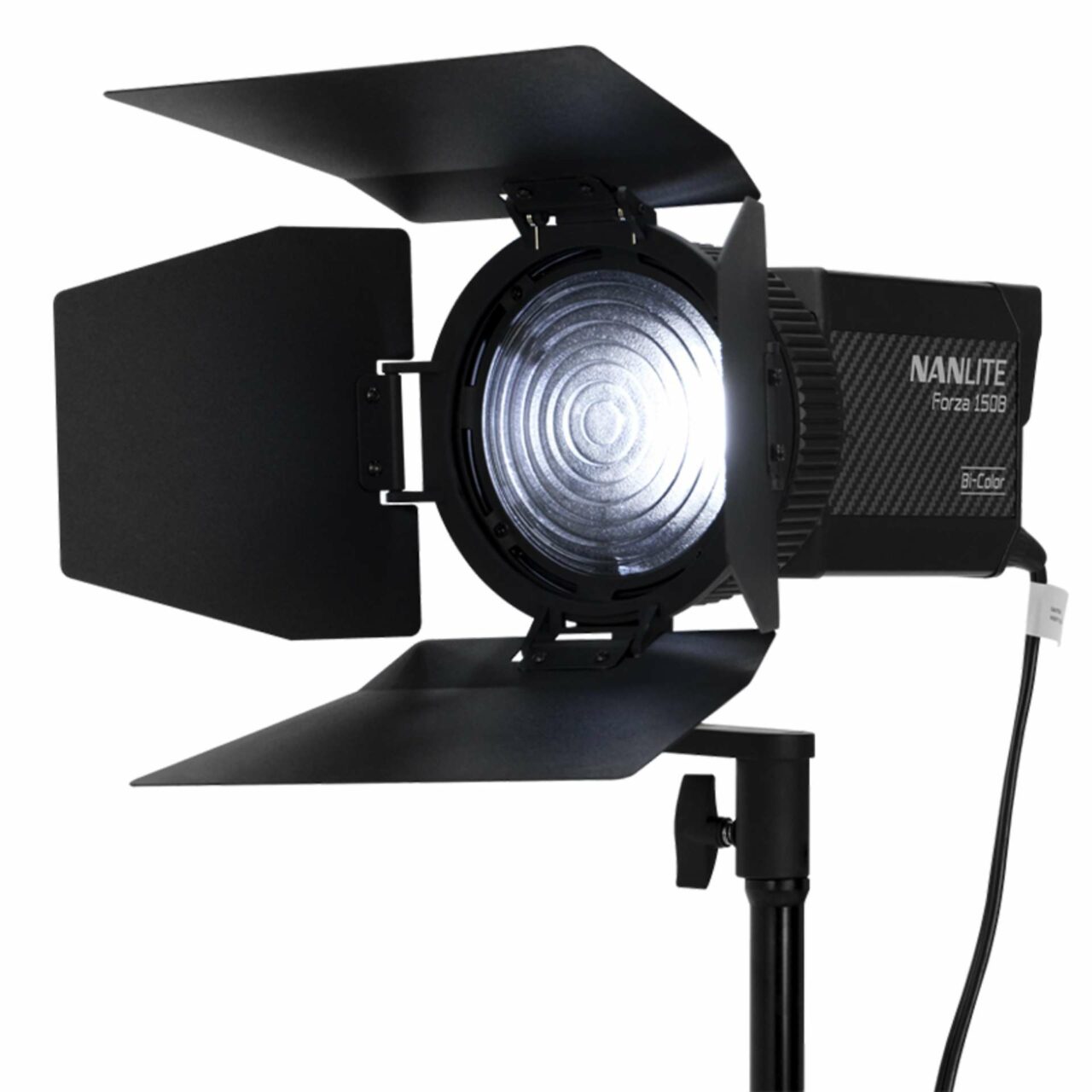

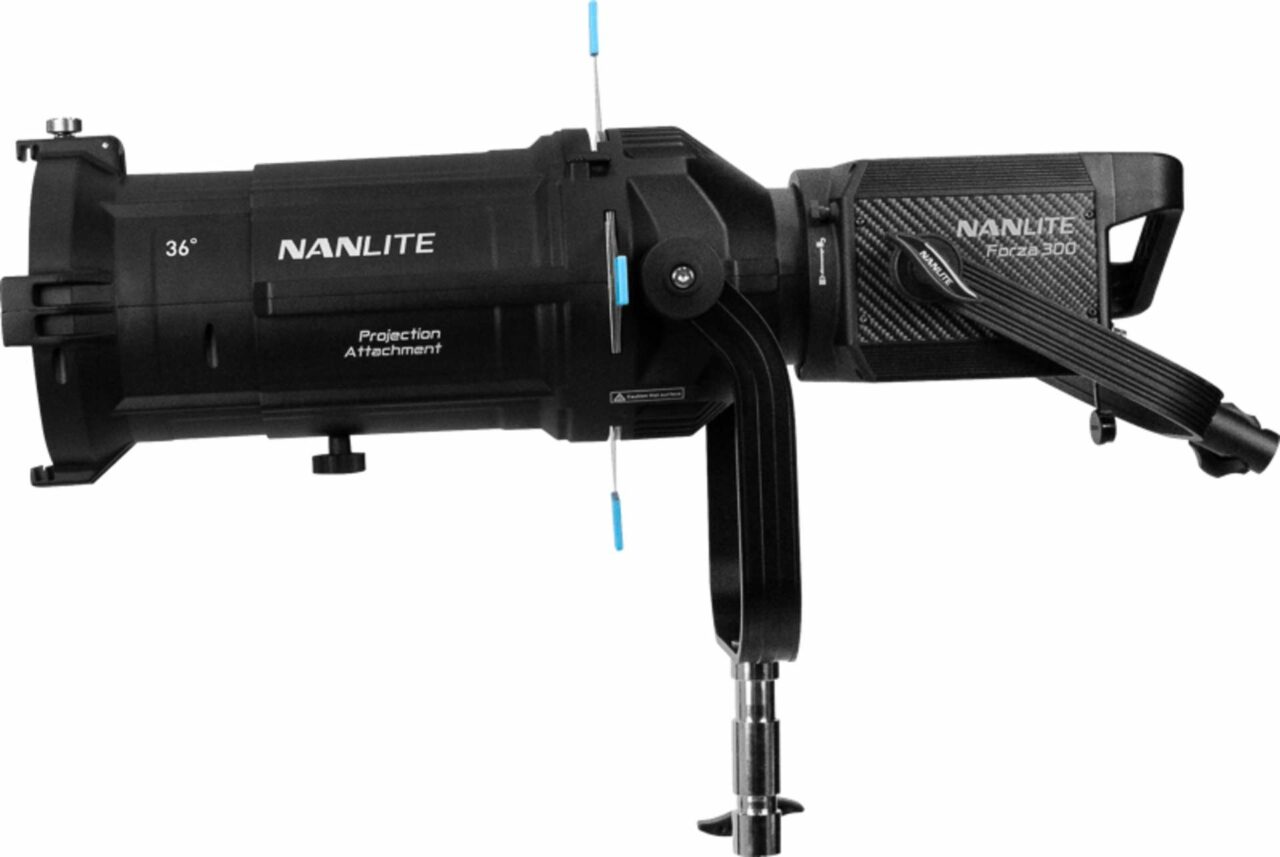
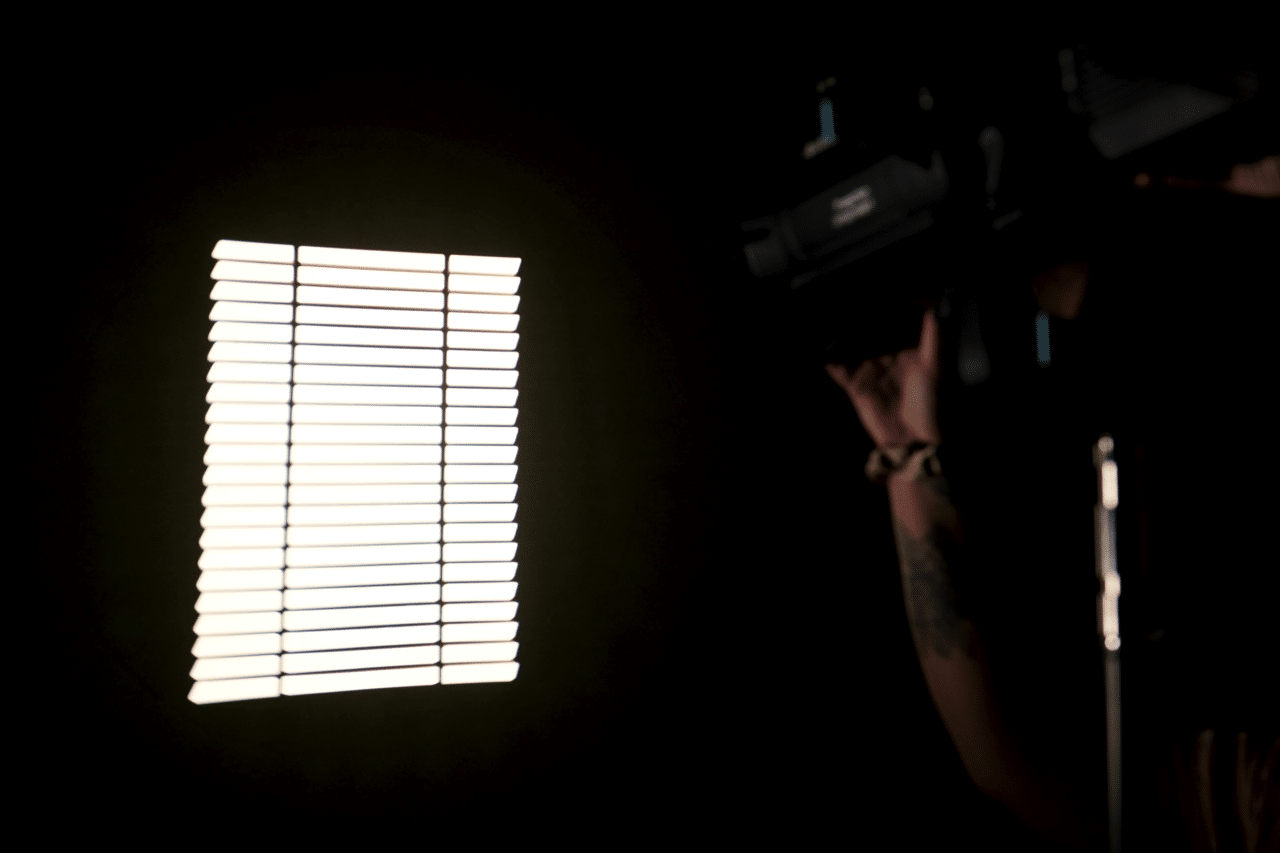

There are no comments yet.